BACKGROUNDAtherosclerosis (AS), a chronic inflammatory disease of blood vessels, is a major contributor to cardiovascular disease. Dental pulp stem cells (DPSCs) are capable of exerting immunomodulatory and anti-inflammatory effects by secr
Tag: Blood
Scientists suggested a new method for diagnosising of heart diseases
Scientists from Immanuel Kant Baltic Federal University proved that Raman spectroscopy, a method by which diffusion property of substances is analyzed, can be used in diagnosing of coronary vascular diseases.
Signs of Multiple Sclerosis Show Up in Blood Years Before Symptoms
In a discovery that could hasten treatment for patients with multiple sclerosis (MS), UC San Francisco scientists have discovered a harbinger in the blood of some people who later went on to develop the disease.
Smart nanoparticles may be able to deliver drugs to heart after heart attack
Washington University’s Jianjun Guan to create custom nanoparticles to fight inflammation, fibrosis.
An increase in blood-sucking black flies is expected in Germany
Only six millimeters in length, black flies (Simuliidae) may look harmless like house flies, but their bites can be very unpleasant.
ECHO Discovery: Untargeted Analysis of Blood Microsamplers
The Utility of Dried Capillary Blood Spots for Exposome Research
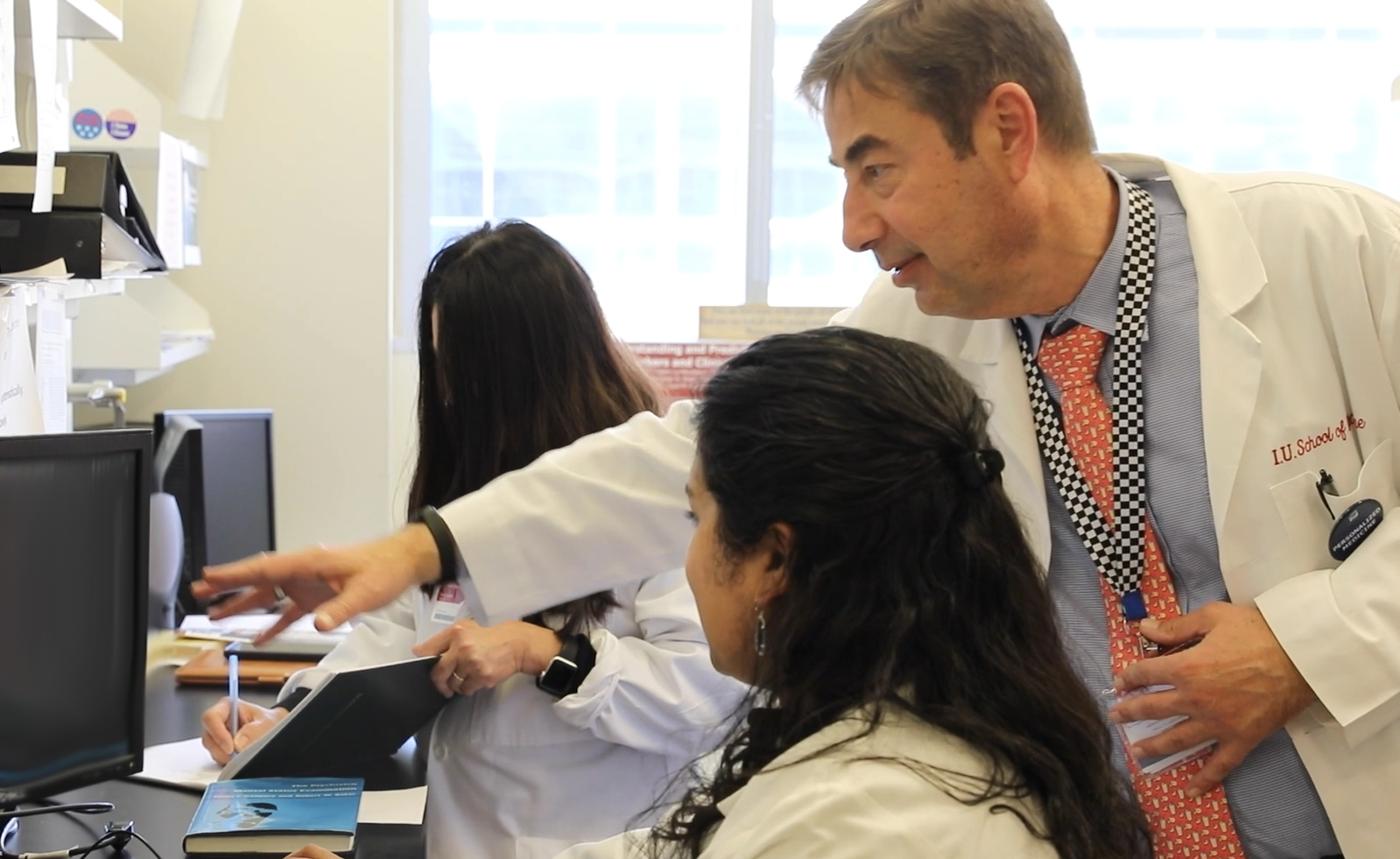
Blood test predicts psychosis risk, most effective treatments
Team of researchers led by Indiana University School of Medicine faculty have developed a breakthrough new blood test for schizophrenia, a psychiatric disorder that includes hallucinations and delusions.
MSU tracking adult lead levels in Michigan
Adults exposed to lead at work can unintentionally bring it home, exposing their families to the highly toxic substance. While preventing lead exposure is always important, Michigan State University and other organizations are urging increased awareness during National Lead Poisoning Prevention Week, Oct. 22 to 28, designated by the U.S. Centers for Disease Control and Prevention.
Post-COVID condition is not linked to ongoing infection or active brain damage
Post COVID-19 condition does not appear to be linked to direct viral invasion of the brain or active brain damage. This has been shown by a study at the University of Gothenburg. Searching for abnormal biomarkers among the participants yielded no hits in either blood or cerebrospinal fluid samples
Genetics influence the risk of blood clots in oral contraceptive users
Women with a high genetic predisposition for blood clots are six times more likely to develop a blood clot during the first two years of using contraceptive pills according to a new study from Uppsala University. The results have been published in the American Journal of Obstetrics and Gynaecology
Ultrasensitive blood test detects ‘pan-cancer’ biomarker
Diagnostic tools for timely, accurate and inexpensive early cancer detection that can assess risk or monitor response to treatment could help patients get the care they need faster and improve existing care strategies.
Blood-based biomarker may redefine the future treatment for advanced melanoma
Circulating tumor DNA (ctDNA) is emerging as a blood-based biomarker for many solid tumor types, including melanoma.
What are blood cancers?
Our myeloid leukemia expert, Anna Eiring, PhD, Texas Tech University Health Sciences Center El Paso, Assistant Professor, Center of Emphasis in Cancer, Department of Molecular, and Translational Medicine can speak to: What are blood cancers? What is acute myeloid leukemia?…
3D Stress Patterns in Capillaries Are Caused by Red Blood Cell Squeezing
Rockville, Md. (September 15, 2023)—New and unique shear stress patterns can occur in angiogenic capillary (new blood vessel growth) networks, according to a new study in the journal Function. There was also enhancement of low shear stress regions by red…
Experts Available for Comment during Blood Cancer Awareness Month
Rutgers Cancer Institute of New Jersey, the state’s leading cancer center and only NCI-designated Comprehensive Cancer Center together with RWJBarnabas Health, is home to a team of the nation’s most experienced physicians with expertise in routine, rare and complex hematologic…
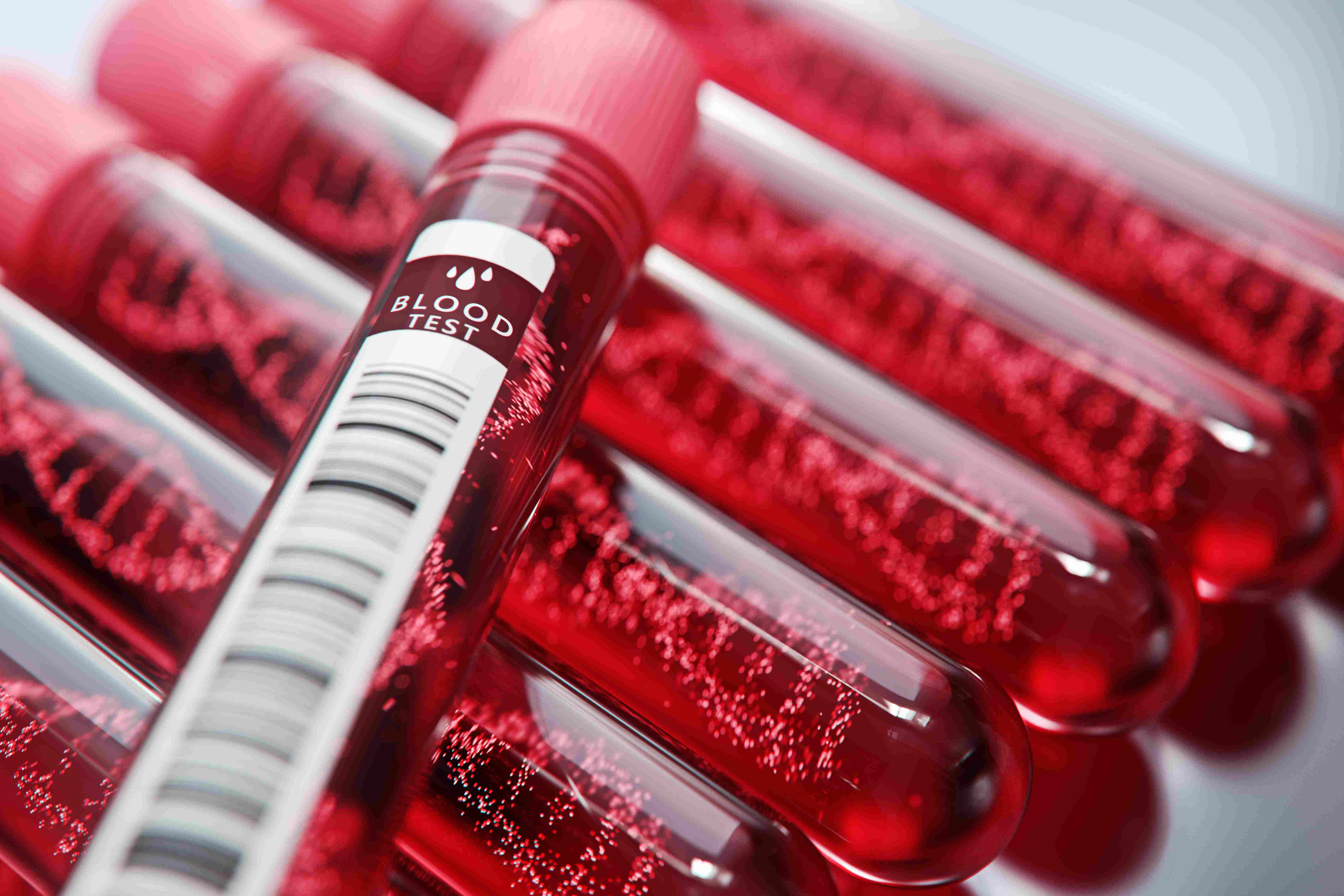
When Blood Is a New Alternative Medicine for Pain Relief at Chula Pain Clinic
Chula Medicine researchers have successfully published an article on the injection of patient’s own platelets rich plasma into the shoulder ligaments resulting in pain reduction, heal torn ligaments and restore torn muscles as an alternative to surgery while reducing the side effects of prolonged use of pain medications.

Blood bank director welcomes FDA blood donation change that will affect members of LGBTQ community
The announcement by the U.S. Food and Drug Administration that it has finalized risk-based guidelines for blood donation related to sexual activity is being welcomed by the longtime director of the Blood Bank at Michigan Medicine, the University of Michigan’s…
Leaps in artificial blood research aim to improve product safety, efficacy
Researchers have made huge strides in ensuring that red blood cell substitutes – or artificial blood – are able to work safely and effectively when transfused into the bloodstream.
Blood-based metabolic signature outperforms standard method for predicting diet, disease risk
Researchers have found a method using molecular profiling and machine learning to develop blood-based dietary signatures that more accurately predict both diet and the risk of cardiovascular disease and type 2 diabetes. They say the metabolic snapshot could allow those studying food science to better understand the implications of diet and nutrition on health.

Advancing new technologies to halt bleeding
The research arm of the U. S. Army has awarded Case Western Reserve University blood surrogate pioneer Anirban Sen Gupta a four-year, $2.5 million grant to advance and optimize his latest nanotechnology to stop bleeding from battlefield injuries.
The new technology devised by Sen Gupta and his team is called “SanguiStop.” It allows a clot-promoting enzyme called thrombin to be intravenously delivered in a targeted manner to a bleeding area—especially to the site of internal injuries.
High Blood Viscosity Can Predict Higher Risk of Death in Hospitalized COVID-19 Patients
EMBARGOED UNTIL JULY 18, 2022, 2PM EST Study Title: “Association of Blood Viscosity with Mortality among Patients Hospitalized with COVID-19” Journal: Journal of the American College of Cardiology – *Embargoed until July…
Smartphone app can vibrate a single drop of blood to determine how well it clots
Researchers at the University of Washington have developed a new blood-clotting test that uses only a single drop of blood and a smartphone vibration motor and camera.
Researchers identify gene that contributes to secondary cancers
A new study by researchers at the University of Chicago Medicine Comprehensive Cancer Center sheds light on how a critical protein plays a significant role as a gatekeeper for keeping aggressive secondary malignancies developing after chemotherapy for solid tumors.
What’s it really like to give blood?
Tips and insights from a 5-gallon donor, aimed at people who have never given blood and those who stopped a while ago. A critical shortage of blood could jeopardize care for people with cancer, organ failure, traumatic injury and more.
TraumaChekTM: Next step in life-saving blood-assessment technology
Scientists at Case Western Reserve University are leading the development of TraumaChekTM, a hand-held medical device to quickly assess a wounded soldier’s critical clotting issues and other blood conditions in the battlefield. The new sensor, if successful and adopted in the field, would represent the next generation of their successful ClotChip®, which emergency workers can use to measure how well a patient’s blood may clot.
TraumaChekTM: Next step in life-saving blood-assessment technology
Scientists at Case Western Reserve University are leading the development of TraumaChekTM, a hand-held medical device to quickly assess a wounded soldier’s critical clotting issues and other blood conditions in the battlefield. The new sensor, if successful and adopted in the field, would represent the next generation of their successful ClotChip®, which emergency workers can use to measure how well a patient’s blood may clot.
25-year-old University of Chicago Medicine research coordinator earns Diana Award for University Blood Initiative
University of Chicago Medicine clinical research coordinator Aviva Klein, 25, was named to the prestigious 2021 Diana Award Roll of Honour for her work creating the University Blood Initiative (UBI).
How a simple blood test can identify women at risk for preterm birth
One in ten babies is born prematurely in the United States, but a blood test during a routine prenatal visit could reveal if a woman is at risk of a preterm delivery, according to a Michigan State University researcher.
“Preterm births are common,” said Hanne Hoffmann, an assistant professor in the Department of Animal Science in the College of Agriculture and Natural Resources. “If we know the mother is at risk for a preterm birth, her doctor can monitor her more closely.”
Using Old and Young Blood to Study Age-related Muscle Loss
An innovative model using human blood samples to study muscle protein growth may help advance scientists’ understanding of age-related muscle loss.
New Microchip Sensor Measures Stress Hormones from Drop of Blood
A Rutgers-led team of researchers has developed a microchip that can measure stress hormones in real time from a drop of blood.
Using Blood to Combat Age-related Muscle Loss
Article title: The effect of young and old ex vivo human serum on cellular protein synthesis and growth in an in vitro model of ageing Authors: Sophie L. Allen, Ryan N. Marshall, Sophie J. Edwards, Janet M. Lord, Gareth G.…
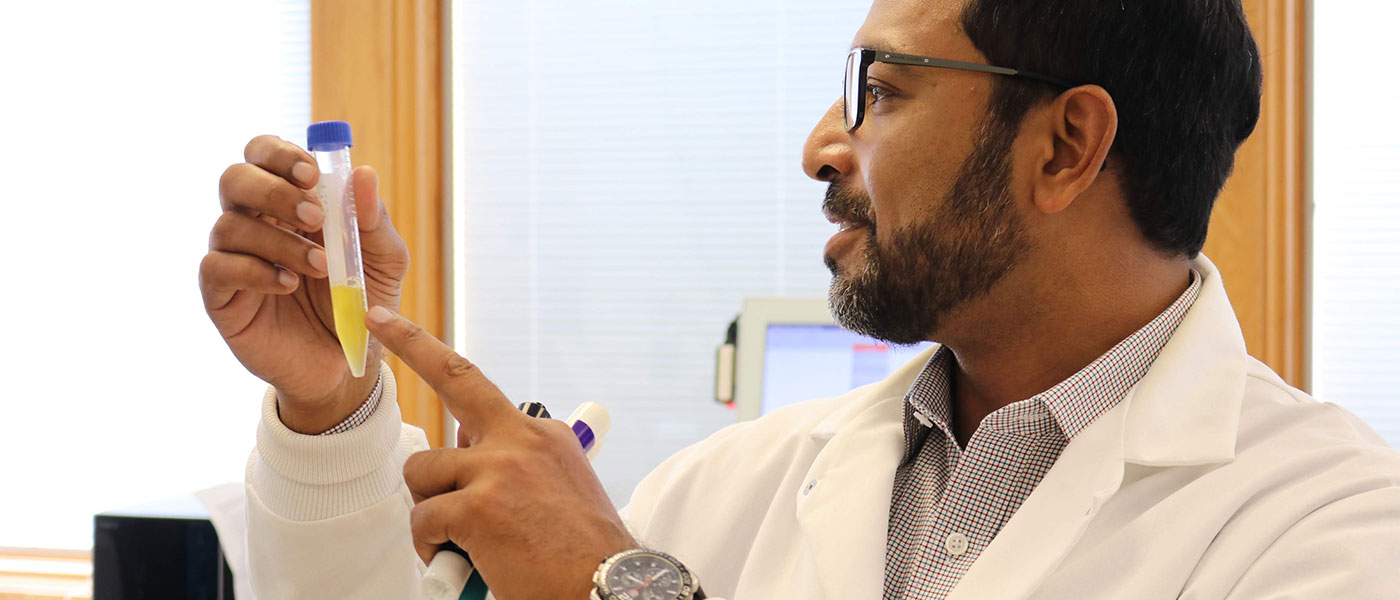
Taking new steps with artificial platelets
The National Institutes of Health (NIH) has awarded a $2.1 million, four-year research grant to Anirban Sen Gupta at Case Western Reserve University in Cleveland, Ohio, and collaborators at the University of Michigan and University of North Carolina, to advance the design of artificial platelets that can promote and stabilize clots to stop bleeding.
NUS scientists discover a new pathway essential for blood formation
Scientists from the National University of Singapore have discovered how a protein called Tip60 plays a vital role in the renewal of blood cells in the body. Without it, the stem cells that make new blood suffer catastrophic damage. This discovery could lead to better treatments for life-threatening blood-related diseases like leukemia.
Researchers create a tool that can pull an elusive COVID-19 marker from human blood
Researchers at Canada’s McMaster University and SQI Diagnostics have created a surface that repels every other element of human blood except a critical indicator of infection, opening a timely window for understanding the progress of COVID-19 in individual patients.
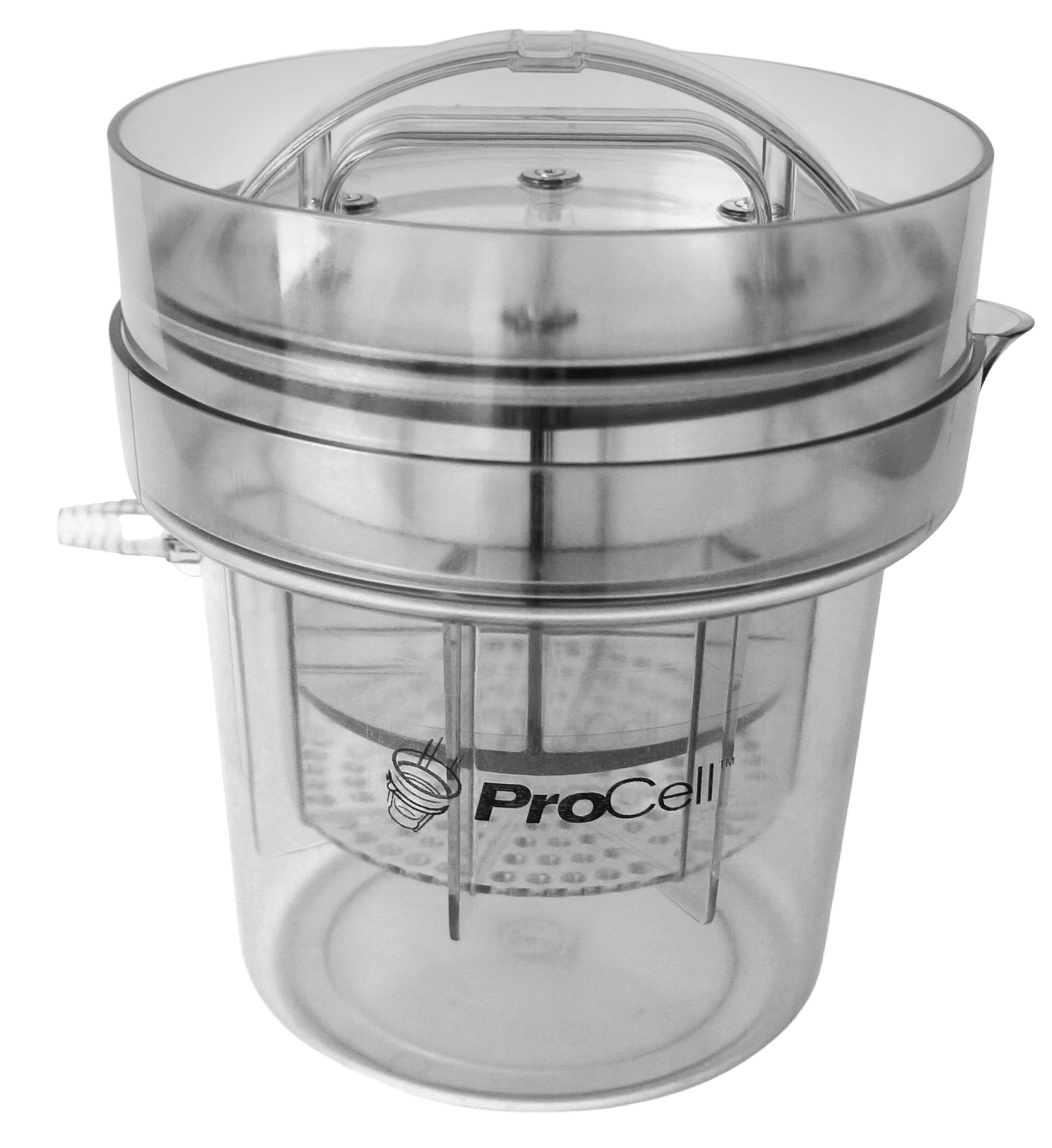
University Hospitals Becomes First Hospital in U.S. to Use New Blood Retrieval Device
This month, University Hospitals (UH) Harrington Heart & Vascular Institute became the first hospital in the U.S. to use the new blood retrieval device ProCell®.
MicroRNA Variation in Circulation Could Explain Sex Differences in Heart Health
Article title: Sex-specific alterations in blood-borne factors in physically inactive individuals are detrimental to endothelial cell functions Authors: Ryan M. Sapp, Rian Q. Landers-Ramos, Daniel D. Shill, Catherine B. Springer, James M. Hagberg From the authors: “Our data suggest alterations in…
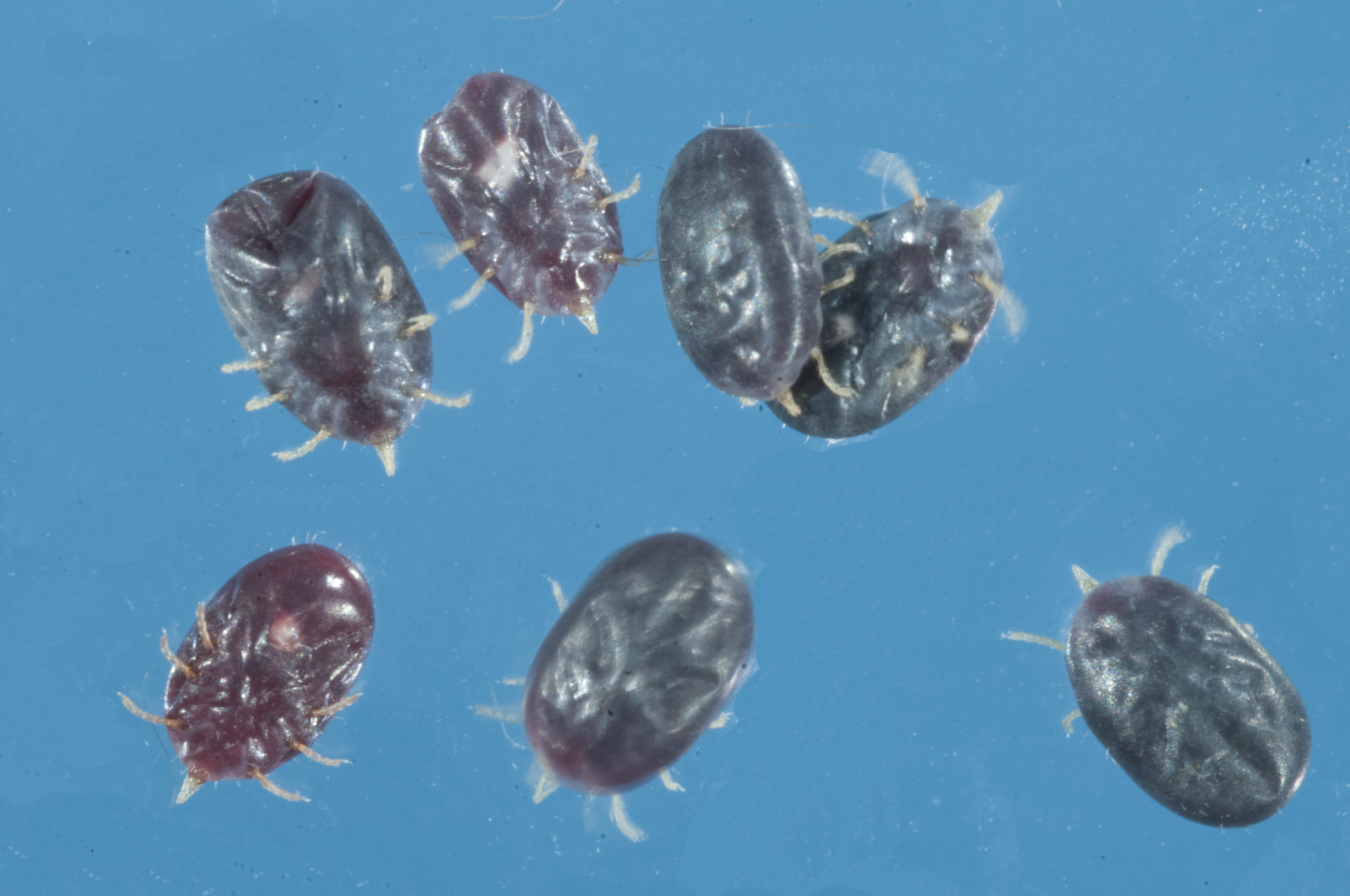
Bat Tick Found for the First Time in New Jersey
A tick species associated with bats has been reported for the first time in New Jersey and could pose health risks to people, pets and livestock, according to a Rutgers-led study in the Journal of Medical Entomology. This species (Carios kelleyi) is a “soft” tick. Deer ticks, which carry Lyme disease, are an example of “hard” ticks.
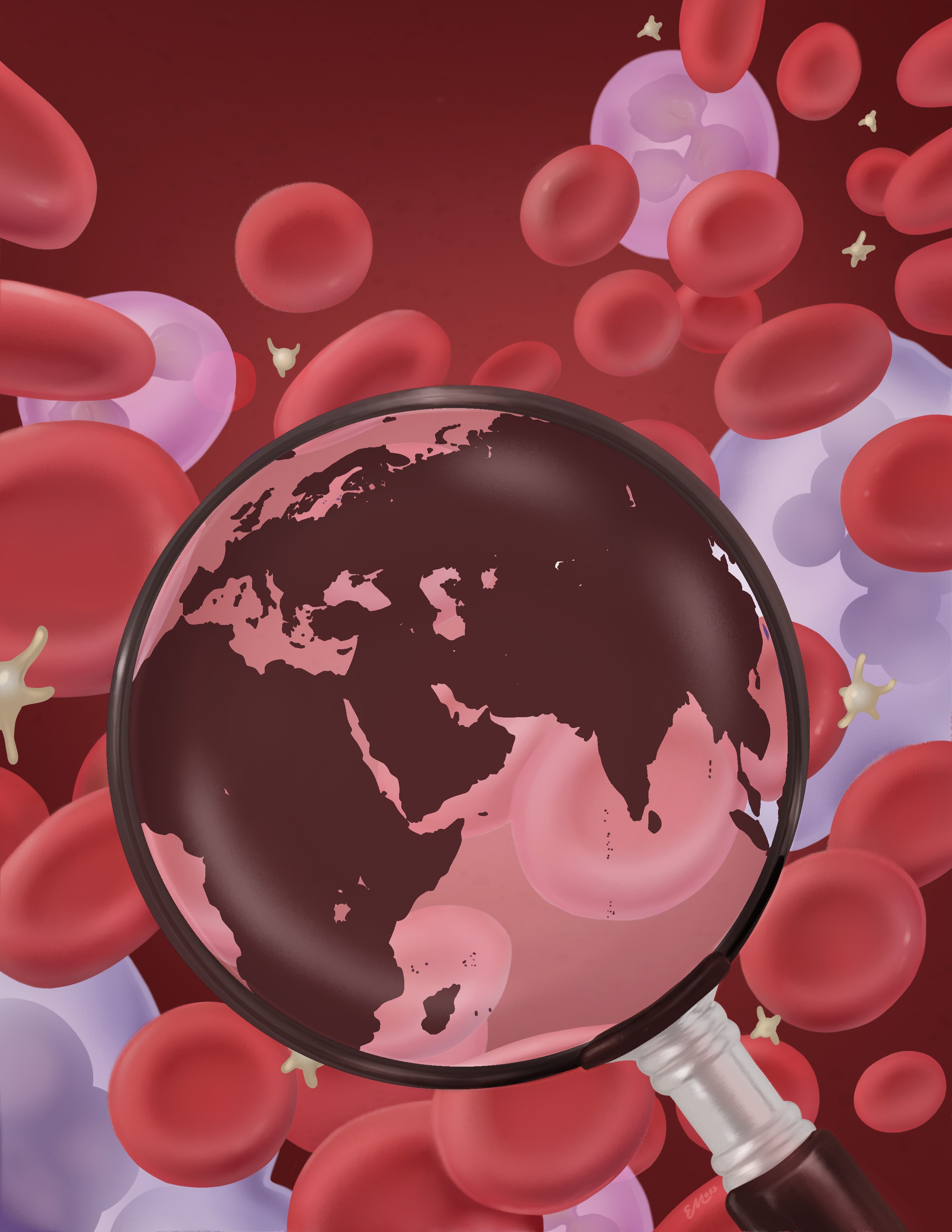
The genetics of blood: a global perspective
To better understand the properties of blood cells, an international team led by UdeM’s Guillaume Lettre has been examining variations in the DNA of 746,667 people worldwide.
Dilated Blood Vessels in the Lung May Explain Low Oxygen Levels in Severe Cases of COVID-19
A new pilot study from the Icahn School of Medicine at Mount Sinai suggests that COVID-19 is causing significant dilation of the blood vessels of the lung, specifically the capillaries.
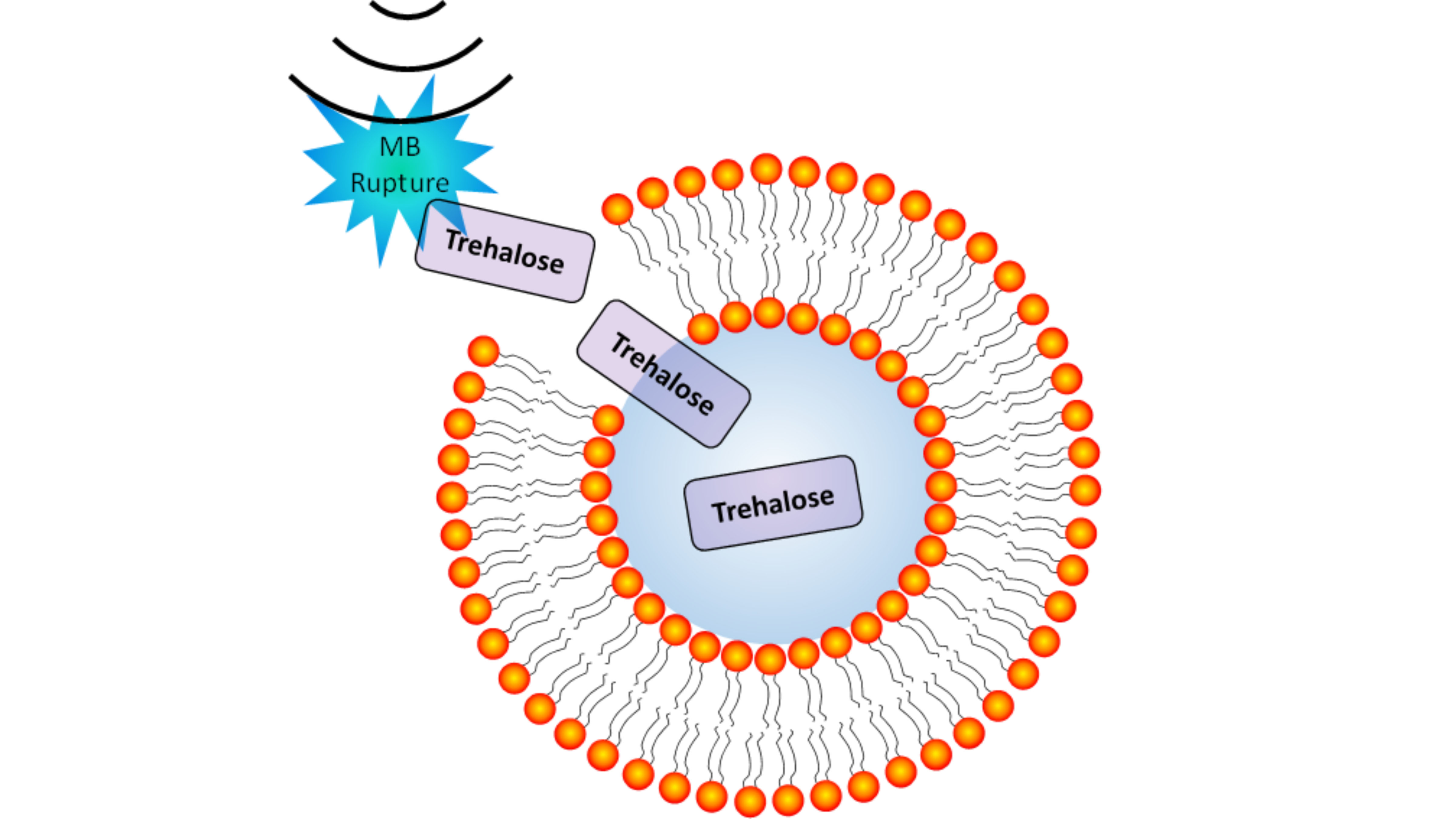
Ultrasound-Assisted Molecule Delivery Looks to Preserve Blood for Years
Blood can typically be stored for only six weeks after donation, but a potential solution attempts to dry blood by using a sugar-based preservative. New work in ultrasound technology looks to provide a path to inserting these sugars into human red blood cells, allowing the molecule trehalose to enter the cells and prevent their degradation when dried for preservation. The researchers discuss their work in this week’s Biomicrofluidics.
UCLA clinical trial tests convalescent plasma as a potential COVID-19 treatment
UCLA has joined a nationwide effort to study whether convalescent plasma collected from people who have recovered from COVID-19 may yield a treatment for the deadly virus.
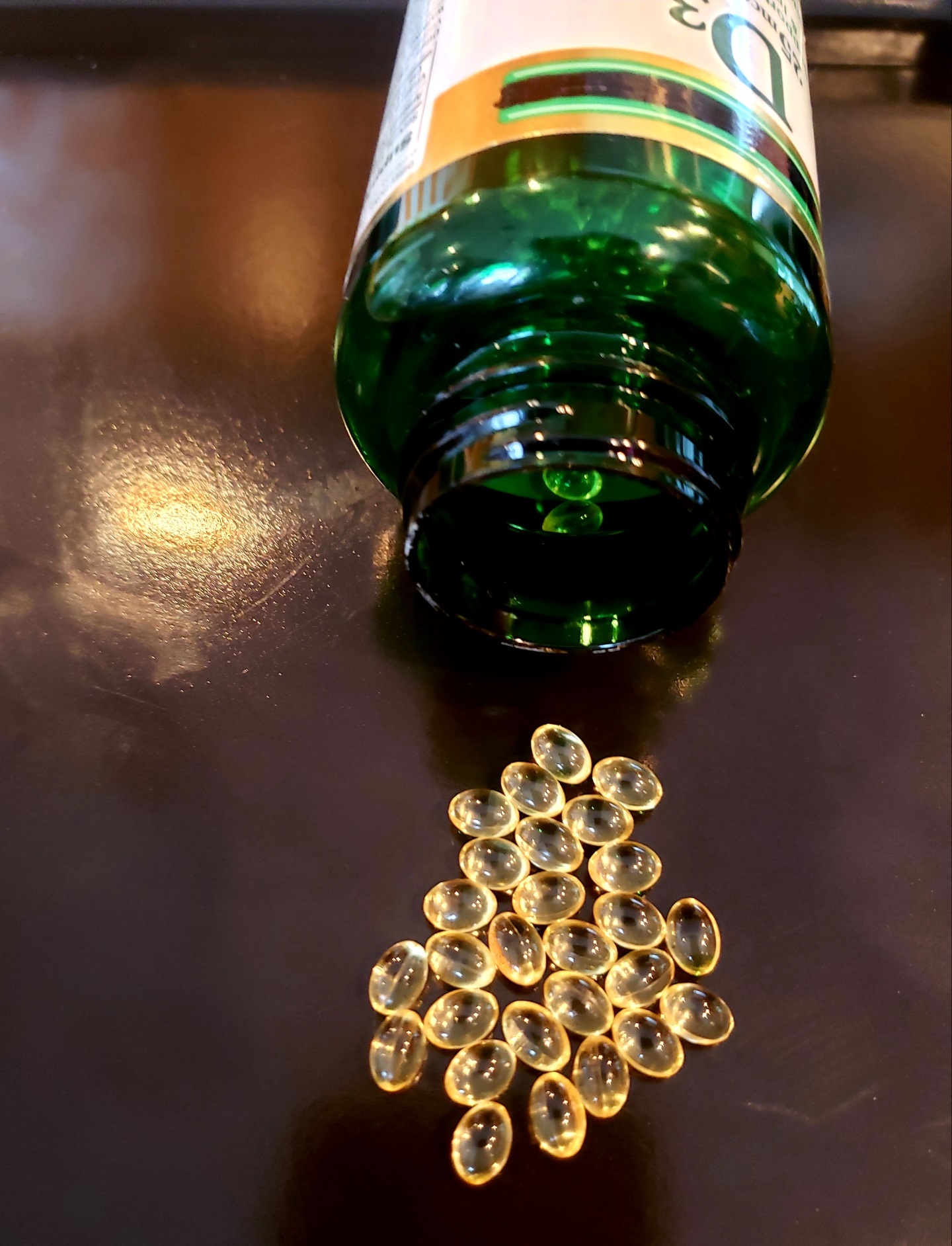
Vitamin D Boosts Chances of Walking After Hip Fracture
Senior citizens who are not vitamin D deficient have a better chance of walking after hip fracture surgery, according to a Rutgers-led study. The findings in The American Journal of Clinical Nutrition suggest that vitamin D deficiency could limit mobility in older adults, said senior author Sue Shapses, a professor in the Department of Nutritional Sciences at the School of Environmental and Biological Sciences at Rutgers University–New Brunswick.
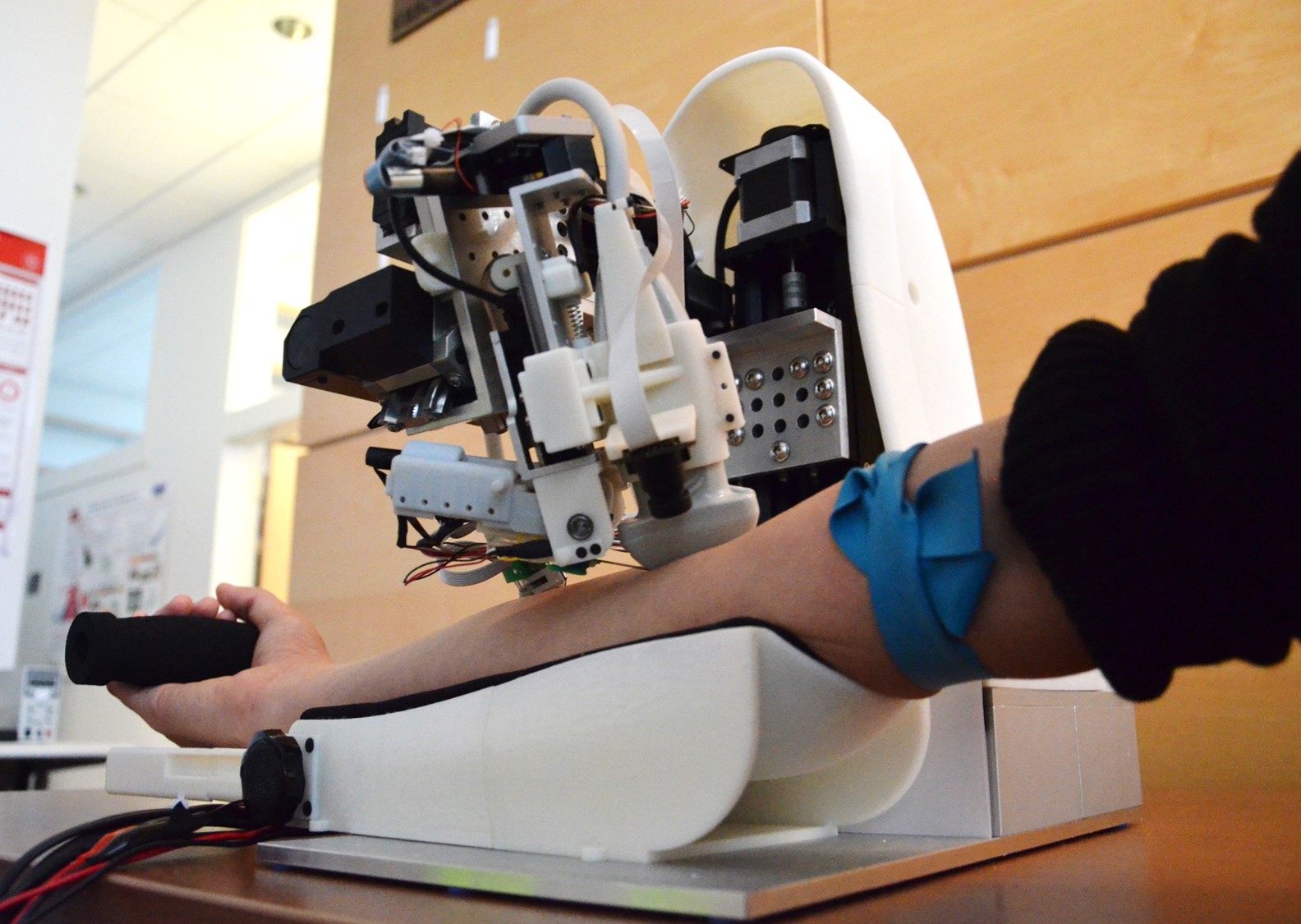
Robot Uses Artificial Intelligence and Imaging to Draw Blood
Rutgers engineers have created a tabletop device that combines a robot, artificial intelligence and near-infrared and ultrasound imaging to draw blood or insert catheters to deliver fluids and drugs. Their research results, published in the journal Nature Machine Intelligence, suggest that autonomous systems like the image-guided robotic device could outperform people on some complex medical tasks.
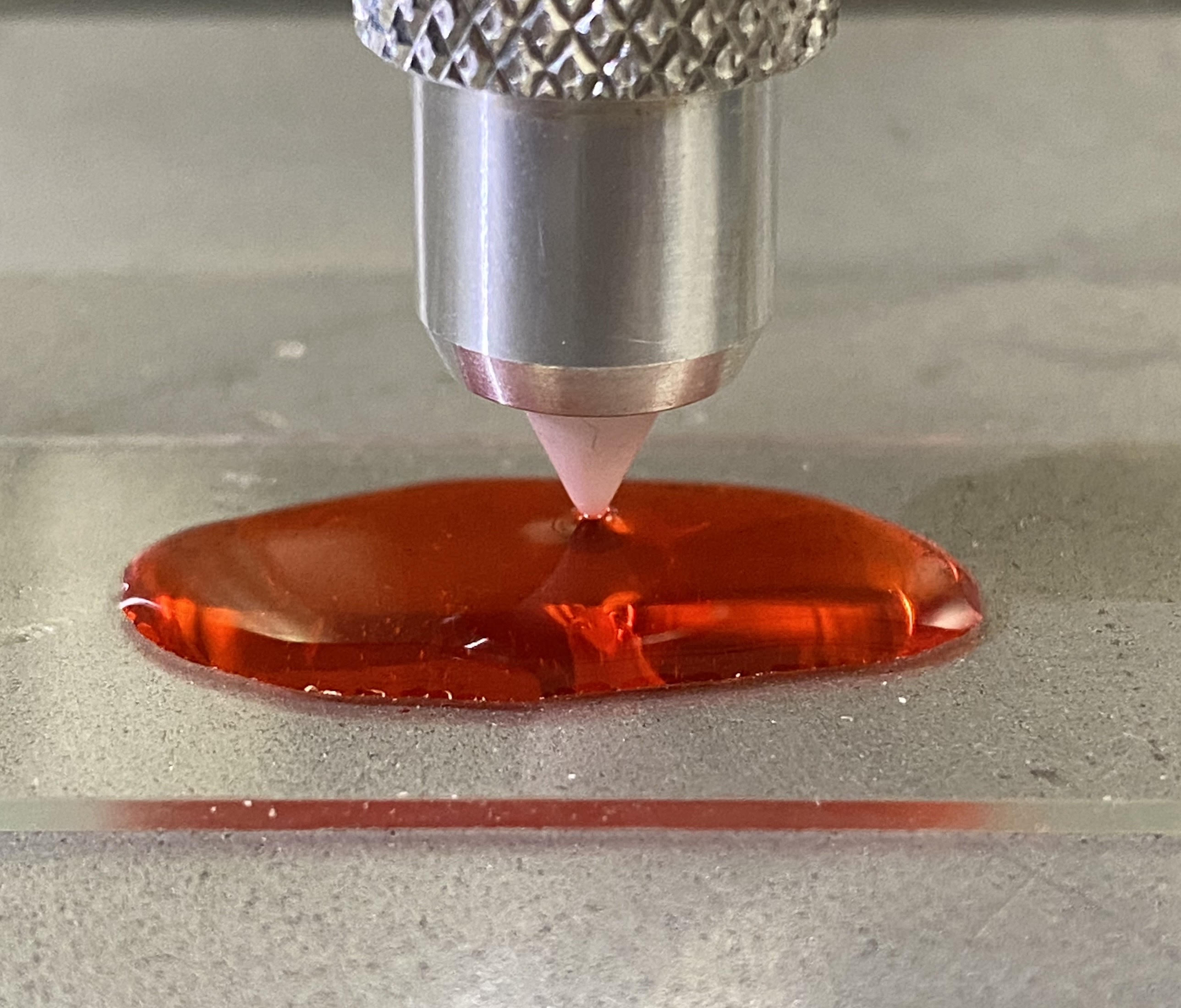
Blood Shortage on the Battlefield? Just Make It On-site
A new program launched by the Department of Defense could be the answer to blood shortages on the battlefield, other remote locations, and in hospitals. The Uniformed Services University of the Health Sciences’ 4D Bio3 On-Demand Blood Program, or 4D Bio3 Blood, has developed highly efficient protocols and technology to generate red blood cells from stem cells. A key part of this technology is large-scale cell expansion at low cost, producing sufficient red blood cells for treatment in trauma care. This technology is also being adapted to create neutrophils, ultimately allowing for whole blood transfusion using these methods in the future.
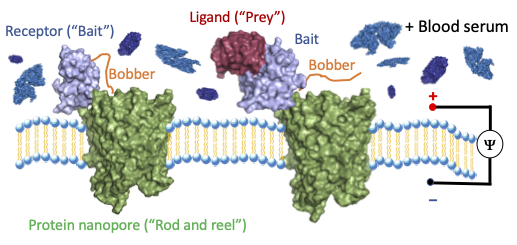
Scientists Develop Molecular “Fishing” to Find Individual Molecules in Blood
Like finding a needle in a haystack, Liviu Movileanu can find a single molecule in blood.
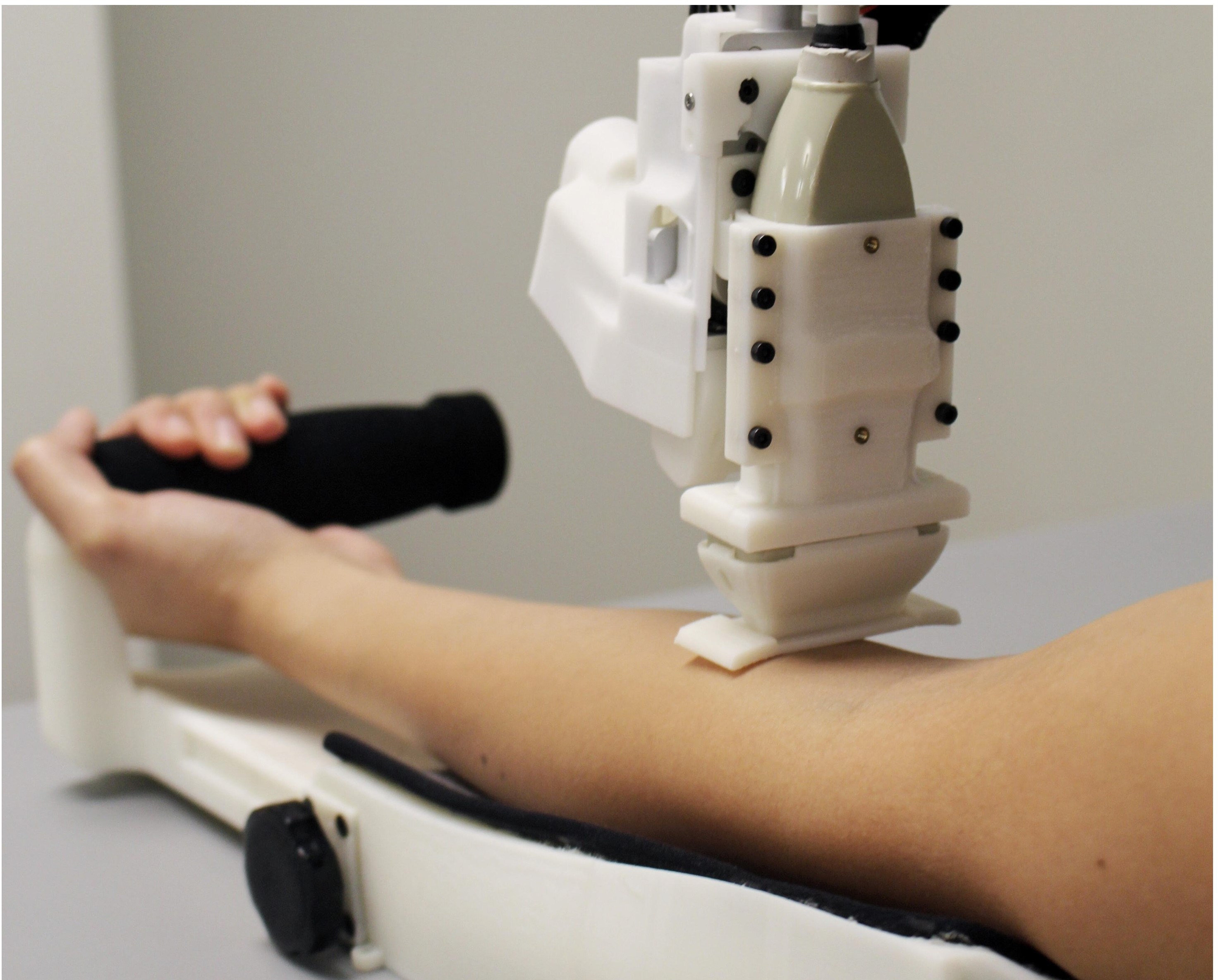
New Robot Does Superior Job Sampling Blood
In the future, robots could take blood samples, benefiting patients and healthcare workers alike. A Rutgers-led team has created a blood-sampling robot that performed as well or better than people, according to the first human clinical trial of an automated blood drawing and testing device.

It’s a natural fact: There’s still no substitute for human blood
While the donation and transfusion of blood are very common, and relatively simple as far as medical procedures go, the path from donor to recipient is more complex than most people may realize.
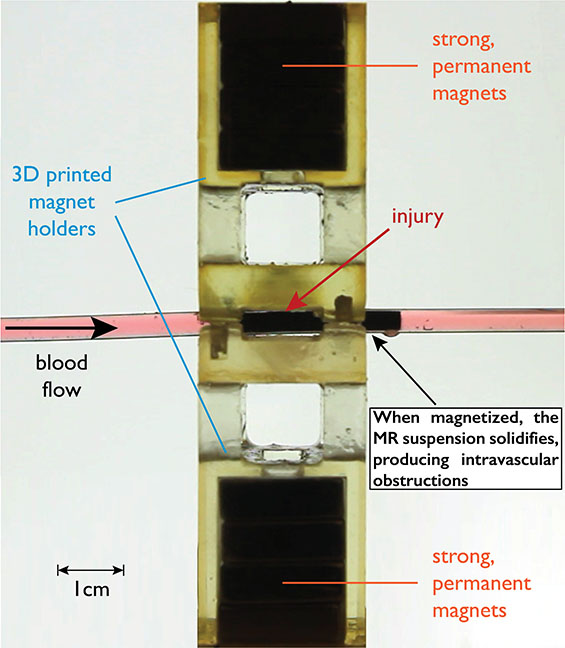
Injection of Magnetizable Fluid Could Extend Trauma Patients’ Survival Time
Inspired by their use in mechanical systems, Massachusetts Institute of Technology researchers are testing a magnetically-actuated fluidic valve to use in trauma patients suffering from hemorrhage.

Simulations Characterize Turbulence Caused by Common Connection for Dialysis
The complex interplay among the arteriovenous grafts, the vessels they connect, and the blood they transport has been difficult to simulate with computers, but one new method provides a way. Researchers report in Physics of Fluids on a series of simulations that reconstructed the fluid dynamics affected by the insertion of an AVG.
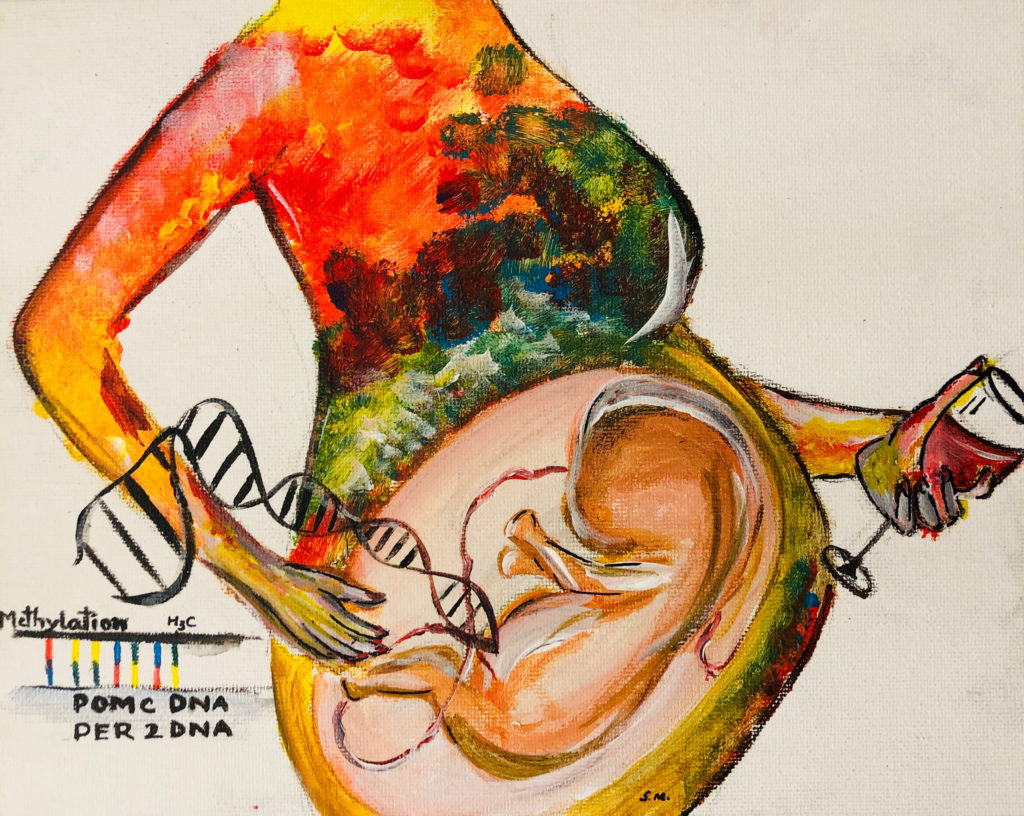
Moderate to Heavy Drinking During Pregnancy Alters Genes in Newborns, Mothers
Mothers who drink moderate to high levels of alcohol during pregnancy may be changing their babies’ DNA, according to a Rutgers-led study.